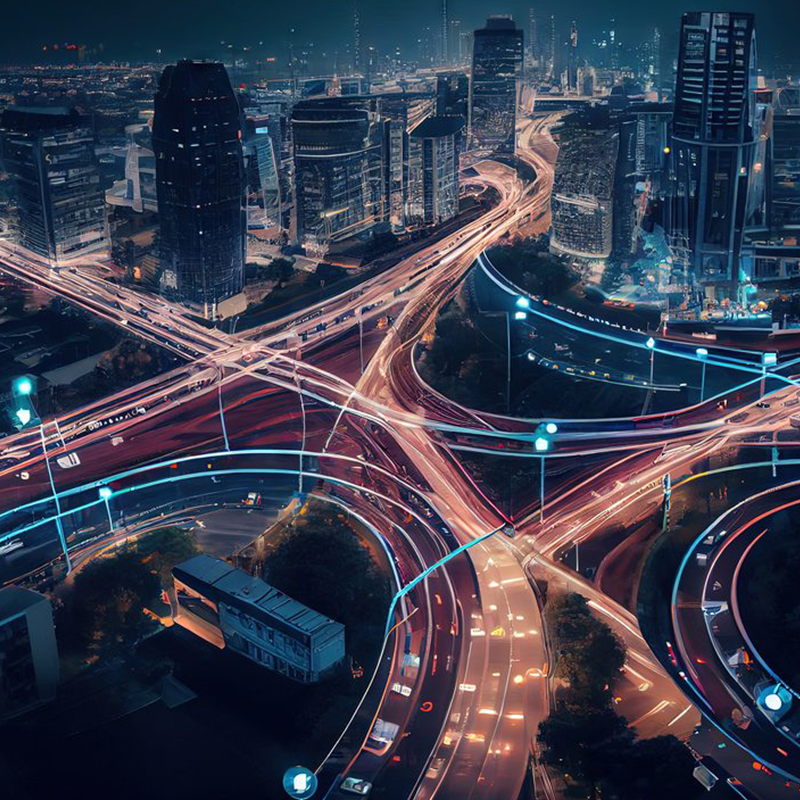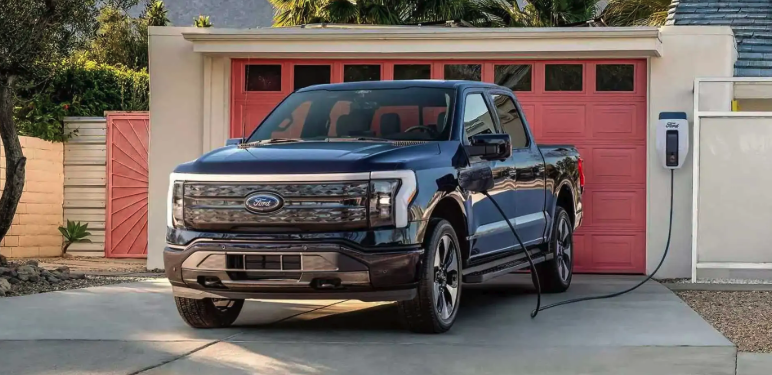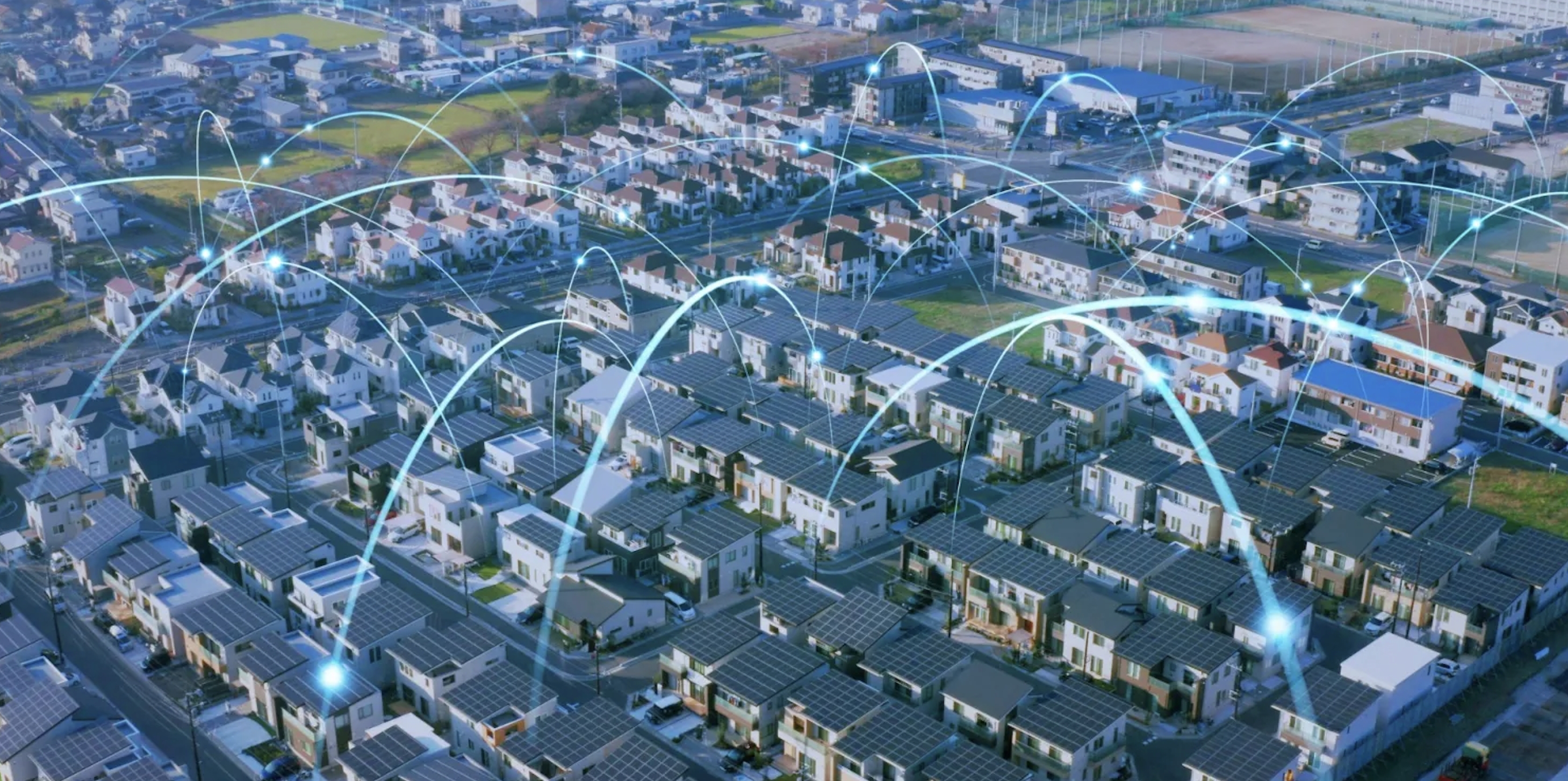Decentralization & Interoperability

Key Takeaway:
Technological decentralization refers to the shift from centralized to distributed modes of production and consumption of goods and services. This trend is seen in various sectors like automation, social media, finance, governance, and transportation. Interoperability is crucial to decentralization, allowing for greater flexibility, convenience, and efficiency. Examples of the decentralization and interoperability trend include decentralized energy systems, decentralized finance (DeFi), and mobility-as-a-service (MaaS) platforms - all expected to expand until the end of the decade.
Trend Type: Technology
Sub-trends: Decentralization & Introperability, Virtual power plants, Clean rooms interoperability
Use Cases
Decentralization & Interoperability: The EU’s newly agreed-upon Digital Markets Act could require messaging app developers to make their apps work together. The Digital Markets Act is meant to let small players compete with big ones. In the EU’s press release, it says that lawmakers agreed that the “gatekeeper” companies behind WhatsApp, Facebook Messenger, or iMessage would have to make their apps “interoperable” with smaller messaging platforms at the developers’ request.
Decentralization & Interoperability: Lowe’s announced it will begin helping builders of the metaverse create new possibilities. Rather than entering the metaverse with a storefront to sell virtual goods, Lowe’s aims to equip builders free of charge with items from its real-world shelves to make their creations more beautiful, more useful and more inspiring. To start, Lowe’s will make more than 500 3D product assets available for download for free via Lowe’s Open Builder, a new asset hub designed to be available to all creators, addressing key challenges of interoperability and accessibility. For added inspiration, Lowe’s will also release a limited NFT wearable collection* for builders in Decentraland to the first 1,000 participants starting to outfit their avatars in boots,
Virtual Power Plants: With the launch of the electric F-150 Lightning, Ford has touted the ability to use the truck to power a house in the event of a blackout. Though exporting power isn’t unique to the Lightning, the system is integrated in a way that no other electric car on sale today offers.
Virtual Power Plants: In January 2021, in partnership with Tesla Powerwall, energy and smart grid solutions startup Swell Energy announced plans to launch a VPP spanning the Oahu, Maui, and Hawaii islands. While the startup had previously kickstarted VPP programs in other locations, at the time of the announcement, its project in Hawaii was expected to be its largest to date — with participation from 6,000 residential homes. At the end of November 2022, Swell Energy raised $120M in funding to advance its VPP programs across the US. Tesla launched its own VPP later that year in California to help the state’s strained energy grid and prevent outages for consumers. By November 2022, over 5,500 Powerwall battery-equipped homes were



